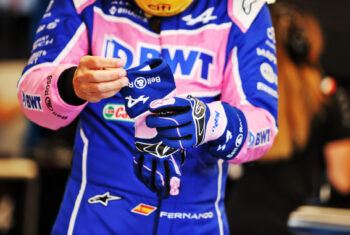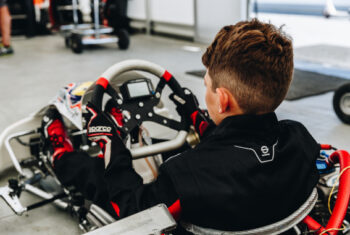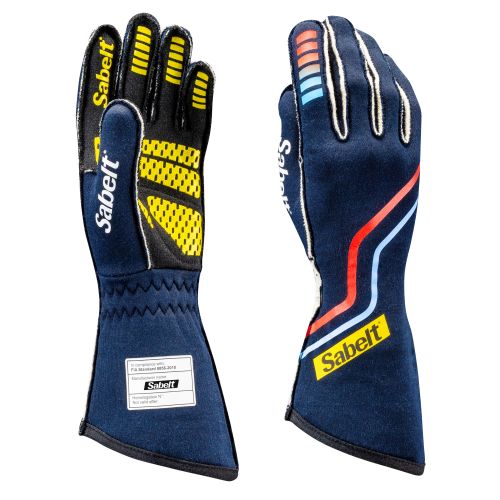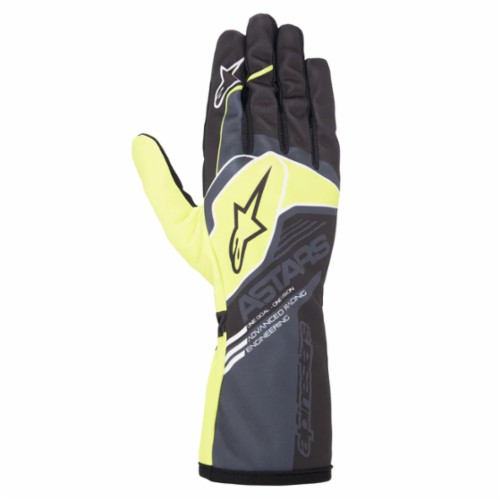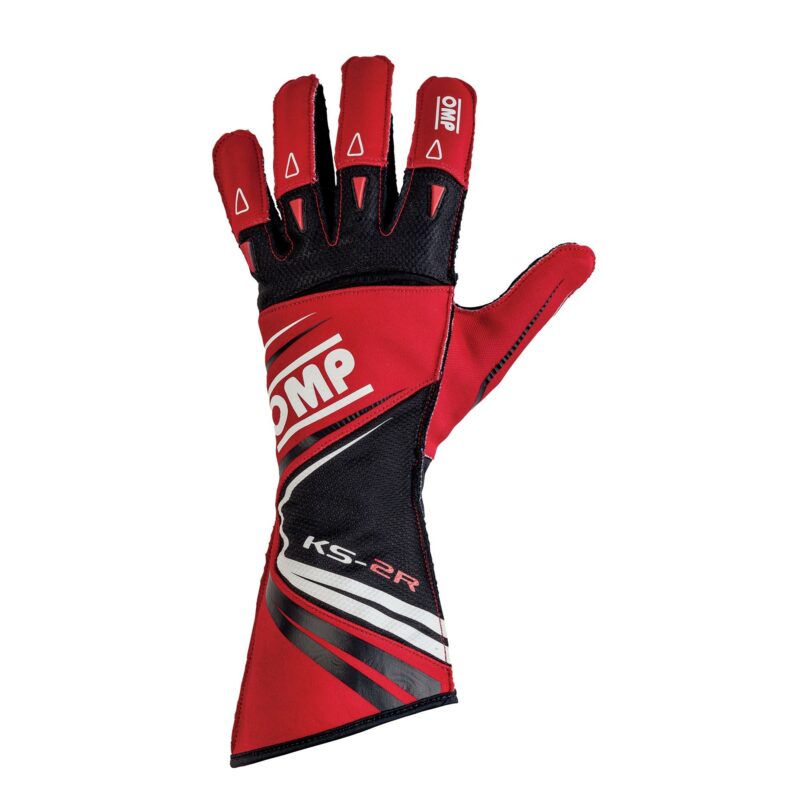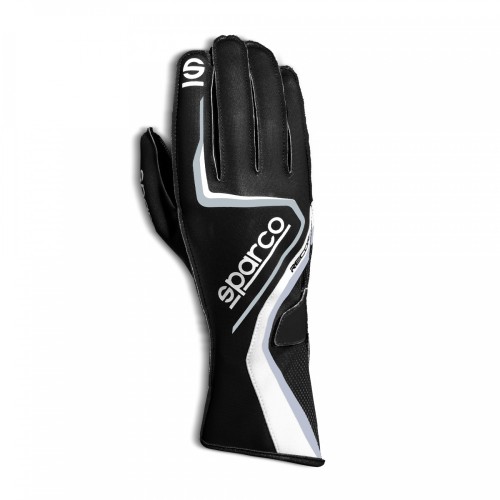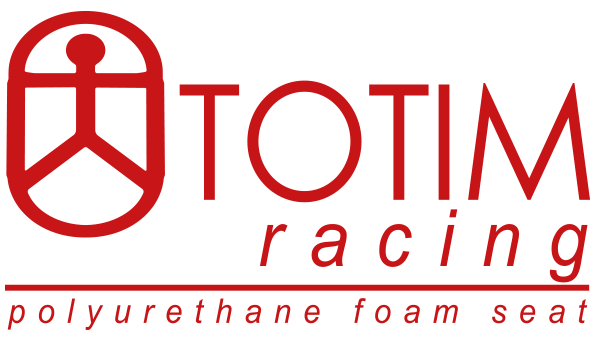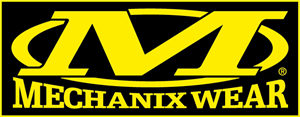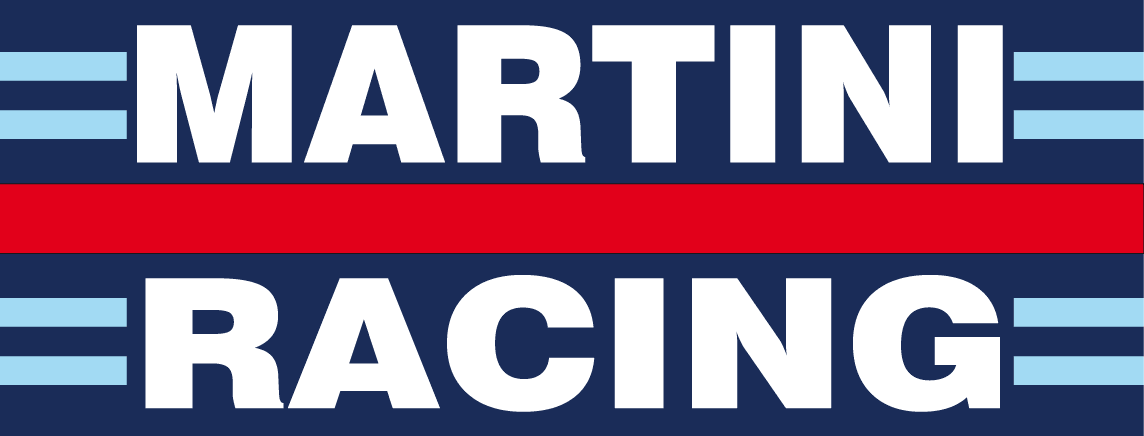
Comprehensive Buying Guide for Racing Gloves
Racing gloves are an essential component of a driver’s protective gear, providing crucial protection against heat, fire, and abrasions while offering excellent grip and control over the steering wheel. Regardless of the type of motorsport—be it circuit racing, rallying, karting, or drag racing—racing gloves play a vital role in both safety and performance. This comprehensive buying guide will cover everything you need to know about choosing the right racing gloves, including materials, types, FIA regulations, specific requirements for different motorsports, and much more.
1. What are Racing Gloves and Why are They Important?
Racing gloves are specialized gloves designed to protect a driver’s hands from burns, abrasions, and impacts. They also provide a secure grip on the steering wheel, which is critical for maintaining control of the vehicle at high speeds. Racing gloves are made from flame-resistant materials like Nomex and often feature special reinforcements and grip patterns to enhance performance.
Key Benefits of Racing Underwear:
Flame Resistance: Protects hands from heat and fire in the event of an accident.
Grip and Control: Provides a firm grip on the steering wheel, helping to maintain control during high-speed maneuvers.
Comfort and Fit: Designed to offer a snug fit that reduces hand fatigue and allows for precise control.
Regulatory Compliance: Compliant with FIA and other motorsport governing body regulations, which is mandatory in many types of racing.
2. FIA Regulations and Requirements for Racing Gloves
The FIA (Fédération Internationale de l’Automobile) sets stringent safety standards for racing gloves, as outlined in the FIA 8856-2018 regulation. This standard specifies requirements for flame resistance, material durability, and grip effectiveness, ensuring that racing gloves provide maximum protection and performance.
FIA 8856-2018 Standard Requirements for Racing Gloves:
- Flame Retardancy: Gloves must be made from fire-resistant materials such as Nomex or other FIA-approved materials.
- Construction: The gloves must feature external seams to reduce pressure points and improve comfort.
- Grip: Palms and fingers should have high-friction surfaces or special grip-enhancing materials to ensure a secure hold on the steering wheel.
- Labeling: All racing gloves must have an FIA homologation label stitched inside, indicating compliance with FIA 8856-2018.
Different Types of Racing and FIA Requirements for Gloves:
Circuit Racing (e.g., Formula 1, GT, Touring Car):
- Mandatory Gloves: FIA 8856-2018 approved gloves are required.
- FIA Requirements: Full coverage with flame-resistant materials. Gloves should provide excellent grip and dexterity to allow for precise control of the steering wheel and controls.
- Additional Notes: External seams are preferred for comfort and reduced chafing during long stints.
Rallying:
- Mandatory Gloves: FIA 8856-2018 compliant gloves are mandatory.
- FIA Requirements: Gloves must provide both fire protection and excellent grip for navigating challenging terrain.
- Additional Notes: Reinforced knuckles and palms may be beneficial for additional protection against debris and vibrations from rough surfaces.
Karting:
- Mandatory Gloves: Requirements can vary. In some professional karting competitions, gloves are mandatory and must comply with FIA 8856-2018 standards. In lower levels, gloves are recommended but may not be required.
- FIA Requirements: When required, must comply with FIA standards. Non-compliant gloves may be allowed in certain amateur events.
- Additional Notes: Karting gloves often have added padding for comfort and protection from vibrations, especially during high-speed karting.
Drag Racing:
- Mandatory Gloves: Generally required for most classes. Gloves must meet SFI or FIA standards, depending on the racing organization.
- FIA Requirements: FIA 8856-2018 when required; otherwise, SFI 3.3/5 or equivalent.
- Additional Notes: Gloves should provide high fire resistance due to the potential for high-speed crashes or fuel fires.
Off-Road and Cross-Country Rally (e.g., Dakar Rally):
- Mandatory Gloves: FIA 8856-2018 approved gloves are required.
- FIA Requirements: Gloves must offer full flame resistance, grip, and protection against impacts and abrasions.
- Additional Notes: Additional padding and reinforcement may be advantageous for off-road conditions.
3. Types of Racing Gloves
Racing gloves are available in various designs and types, each tailored for specific racing disciplines and conditions:
- Single-Layer Gloves: Lightweight gloves designed for lower-speed categories or where less protection is needed. Commonly used in karting or club-level racing.
- Multi-Layer Gloves: These gloves provide enhanced protection with multiple layers of flame-retardant material. They are mandatory in high-speed racing categories, such as Formula racing, rally, and touring car events.
- Padded Gloves: Designed for karting or off-road racing, these gloves often feature additional padding to protect against vibrations, impacts, and abrasions.
- Reinforced Gloves: Include extra reinforcements on knuckles, fingers, and palms to protect against abrasions and provide better grip. They are ideal for rallying and other off-road events where rough terrain is a concern.
4. Material Composition of Racing Gloves
The materials used in racing gloves are critical to their performance, comfort, and compliance with safety standards:
- Nomex: A synthetic fiber renowned for its flame-resistant properties. Nomex is lightweight, durable, and provides excellent protection against heat and flames, making it the most commonly used material in racing gloves.
- Leather: Some gloves incorporate leather in the palms or fingers to enhance grip and durability. Leather also provides natural heat resistance and tactile feedback.
- Kevlar: Used in some gloves for its cut-resistant and abrasion-resistant properties. It is often used in reinforced areas like the knuckles and palms.
- Silicone and Rubber Grips: Applied on the palms and fingers to improve grip and control over the steering wheel. Silicone is heat-resistant, while rubber offers excellent friction.
5. Features to Consider When Buying Racing Gloves
Choosing the right racing gloves involves evaluating several key features to ensure optimal performance, safety, and comfort:
a. Flame Resistance:
Ensure the gloves are made from flame-resistant materials and comply with FIA 8856-2018 or other relevant standards. This is critical to protect against burns in case of a fire.
b. Grip and Control:
Look for gloves with grip-enhancing materials, such as silicone or rubber patches on the palms and fingers. A secure grip is essential for maintaining control over the vehicle, especially in wet or challenging conditions.
c. Fit and Comfort:
Racing gloves should fit snugly without being too tight. A proper fit is crucial for maintaining dexterity and preventing fatigue during long races. Consider gloves with external seams to reduce chafing and discomfort.
d. Dexterity:
The gloves should allow for easy movement of the fingers to operate switches, buttons, and other controls in the cockpit. Multi-layer gloves should not compromise dexterity.
e. Durability:
Check for reinforced areas on high-wear zones, such as the palms, fingers, and knuckles. Durable gloves can withstand the rigors of racing and provide long-lasting protection.
f. Ventilation and Breathability:
Look for gloves with perforated panels or breathable materials to keep your hands cool and dry, especially in hot weather or during long races.
g. Certification Labels:
Always check for the FIA homologation label to ensure the gloves meet the required safety standards for your type of racing.
6. Tips for Choosing the Right Racing Gloves
- Determine Your Racing Category: Different types of racing have different requirements for gloves. Make sure to check the regulations for your specific category.
- Assess Grip Needs: If you race in wet conditions or need extra control, choose gloves with specialized grip-enhancing materials on the palms and fingers.
- Prioritize Fit and Comfort: Always try on gloves before purchasing to ensure a proper fit. Gloves that are too tight or too loose can cause discomfort and reduce control.
- Consider Reinforcements: For rallying or off-road racing, look for gloves with reinforced knuckles and palms to protect against impacts and abrasions.
- Opt for External Seams: Gloves with external seams provide greater comfort by reducing pressure points and minimizing the risk of blisters.
7. Caring for Your Racing Gloves
Proper care and maintenance of your racing gloves are essential to ensure they remain effective and compliant with FIA regulations:
- Follow Manufacturer Instructions: Always adhere to the washing and care instructions provided by the manufacturer. Some gloves are hand-wash only, while others can be machine-washed on a gentle cycle.
- Avoid Excessive Heat: Do not expose gloves to excessive heat, such as direct sunlight or high-temperature drying, as this can degrade the flame-resistant properties.
- Inspect Regularly: Check for signs of wear, such as holes, tears, or thinning fabric. Replace gloves that show signs of significant wear or damage.
- Store Properly: Store gloves in a cool, dry place away from direct sunlight. Consider using a dedicated glove bag to prevent them from getting crushed or damaged.
8. Popular Brands of Racing Gloves
Several brands are known for their high-quality, FIA-approved racing gloves. Here are some of the most popular and reputable brands:
- Sparco: Offers a wide range of racing gloves, from entry-level to professional-grade. Sparco gloves are known for their comfort, durability, and compliance with FIA standards.
- OMP Racing: Provides gloves with innovative designs, excellent fit, and superior grip. OMP gloves are favored by many professional drivers for their comfort and performance.
- Alpinestars: Renowned for producing high-performance gloves that meet FIA standards. Alpinestars gloves are popular for their lightweight construction and advanced grip technology.
- Puma Motorsport: Specializes in ergonomic, flame-resistant gloves that provide a perfect balance between comfort and performance.
- Simpson: Known for its durable, FIA-approved racing gloves that offer excellent fire resistance and grip.
9. Price Range and Budget Considerations
Racing gloves come in a variety of price ranges, depending on the materials, brand, and level of protection they offer:
- Entry-Level: £50 to £100 – Suitable for amateur karting or club racing. These gloves offer basic protection and grip.
- Mid-Range: £100 to £200 – Provides a balance of comfort, grip, and flame resistance. Suitable for most semi-professional and professional racing.
- High-End: £200 and above – Top-tier gloves with advanced materials, reinforced areas, and superior grip. Ideal for professional racing where the highest level of protection and performance is required.
10. Final Considerations
Choosing the right racing gloves is crucial for ensuring safety and performance on the track. Always prioritize FIA compliance, material quality, and fit to get the best gloves for your specific type of racing. Remember, your gloves are a vital piece of your safety equipment, designed to protect your hands and help you maintain control of your vehicle under challenging conditions.
Investing in high-quality racing gloves is not just about meeting regulations; it’s about protecting your most valuable tools — your hands. With the right pair of gloves, you can race with confidence, knowing you have the best possible protection and control.
Race, Rally & Kart Gloves at Grand Prix Racewear
VISIT OUR SILVERSTONE SHOWROOM AT THE HOME OF BRITISH MOTOR RACING
The GPR showroom houses a massive range of products and is open through the year, 7 days a week in season.
We stock a massive range of race, rally & kartwear including driver and mechanic suits, race underwear, boots and gloves from international leading brands like Alpinestars, Sparco, OMP and Sabelt. There’s an extensive range of open and full face helmets for racing, rallying and karting from Bell, Arai and Stilo, as well as a large selection of leisure and luggage items. You’ll also find some cracking products from our GPR Electric range including scooters and dirt bikes, as well as seasonal in-store exclusive special offers.
The GPR showroom occupies two floors of our prestigious 10,000 square feet facility, located just outside the main entrance of the world-famous Silverstone Circuit, the home of British Motorsport. Minutes from Milton Keynes, an hour from Birmingham and just 90 minutes from the centre of London, we are easily accessible from the A43, M1 and M40.
GPR does not claim the copyright to all images used in this blog. When copyright is unknown, we have not been able to seek permission for image use and will remove immediately any infringing content upon request.

